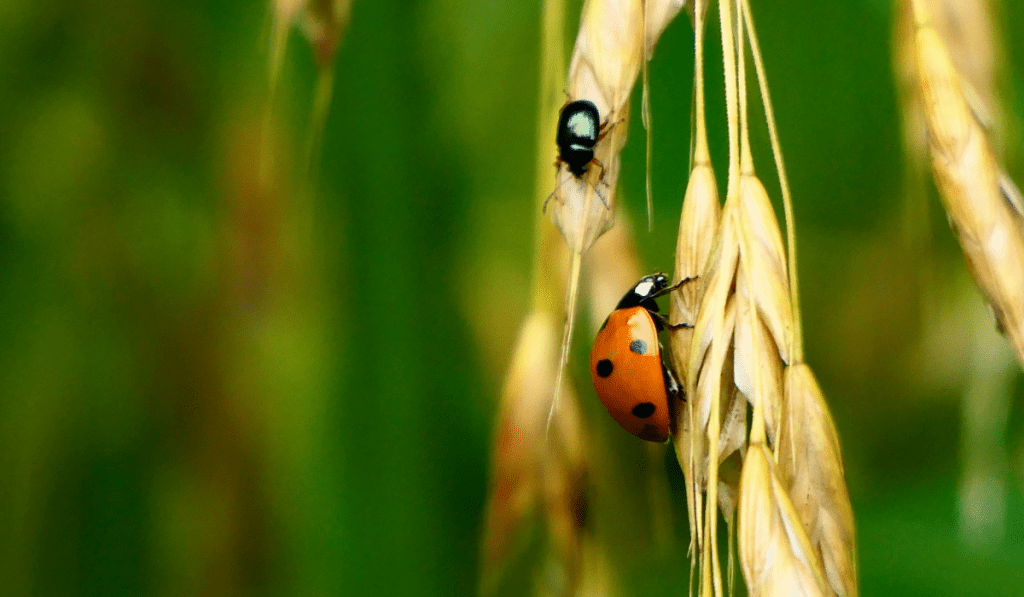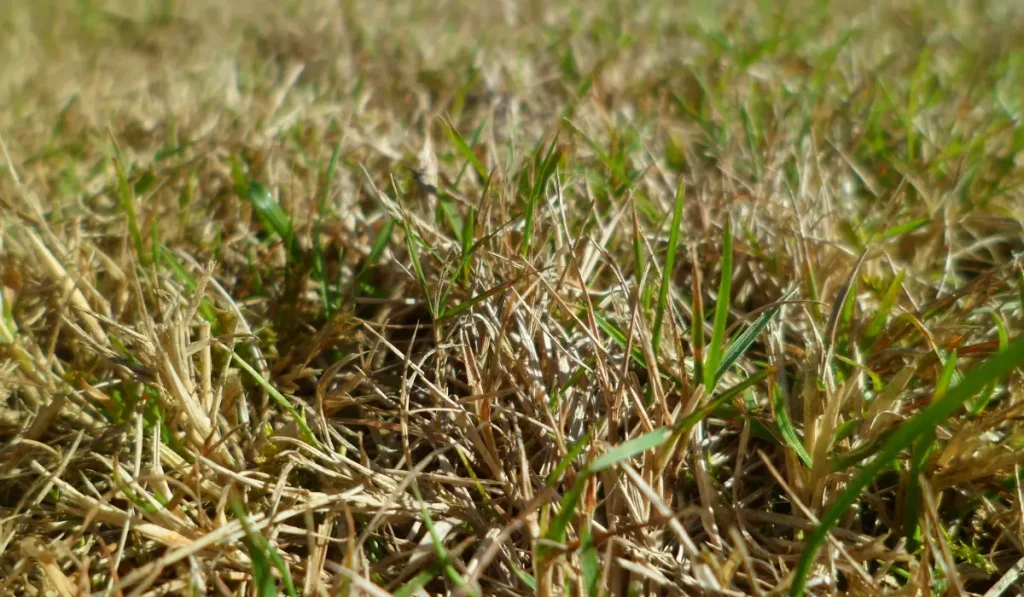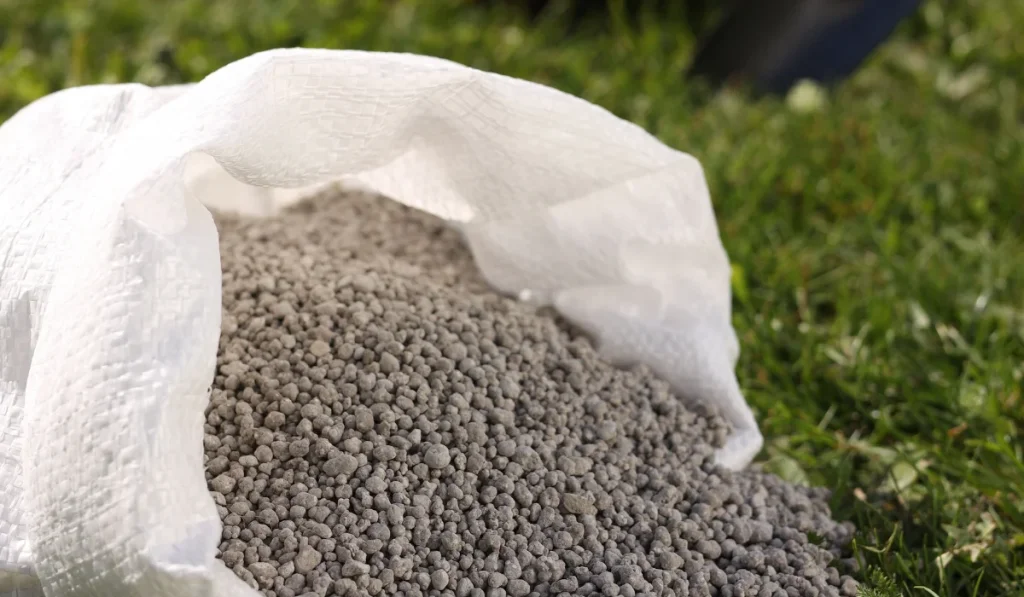In 1916, a Japanese beetle was accidentally introduced to Riverton by way of nursery stock. This metallic-colored insect caused havoc in eastern US states and is now only east of the Mississippi River except Florida. The adults are most active during June through August while they feed on susceptible plants that often end up defoliated because these beetles have one generation per year with eggs laid in soil balls from which larvae emerge (white grubs).
Females are the only ones to leave their turfgrass, as they search for other plants to lay eggs. The females then return after laying their eggs and resume feeding on roots and organic matter during the summer months. In fall when soil temperatures cool down below freezing point, grubs move deep into the ground where it’s warm waiting out winter there until springtime when they go deeper than before so that by May pupation can begin!
The damage Japanese beetles cause to trees, ornamentals, and turfgrass is extensive. More than a half-billion dollars every year goes towards trying to control them. And it’s not just gardeners who are affected; the problem of managing this beetle has resulted in an array of management recommendations such as companion planting and host plant resistance among others. Let’s take a careful look at some folklore surrounding Japanese beetles – will these anecdotes balance with field research?
Trapping folklore
The Japanese beetle is attracted to both floral and fruity smells. Based on this, traps were created that are used for management purposes on the beetles as adults or larvae in gardens. These traps have been shown to help reduce defoliation and grubs which can be a nuisance in lawns. When evaluated in replicated experiments, however, the presence of traps didn’t reduce the amount of damage to nearby plants. In fact, they increased defoliation while having no effect on grub populations!
Milky Disease
The milky disease is a bacterial infection that can affect grubs. The milky-white appearance of an infected grub results from the ingestion of spores by these insects while they feed on food sources with this bacteria in them, such as soil or plants nearby where it’s been introduced. The milky disease has often been found to be present when other factors have made for high populations within areas like farms and fields due to its ability to control growth rates among those numbers over time!
Japanese beetles have caused infestations on turf, and these insects are hard to get rid of. The problem is that the commercial powders containing millions of bacterial spores did not fulfill their claim as a “natural” insecticide. Although people were applying them for grub control, they didn’t result in reduced numbers or increased occurrence rates over time, This is an odd phenomenon that has caused some concern in the past.
Analysis showed significant contamination of milky disease powders with other non-infective bacterial spores, but it’s not as bad as you might think.
Companion planting
Companion planting is the art of combining plants in a garden to benefit each other. For example, one plant could help repel pests while another attracts bees and butterflies that might pollinate it or provide natural fertilizer from their droppings. Many people use aromatic herbs as companion plants because they can mask unpleasant odors like garlic for those who want an herb garden but don’t want to smell up the whole neighborhood!
Pairing these two types of gardens offers many benefits; not only does it give your yard more variety with less maintenance needed, but you also get increased protection against damaging insects such as Japanese beetles on roses which are favorites targets when growing flowers organically without pesticides.
Plant selection
Scientists have discovered that while no resistance to beetle feeding has been shown among the many rose cultivars, there is considerable variation in other plants. In field trials with different plant families and between unique species of those same family members, some show complete defoliation from beetles, others untouched by any type of infestation. This information can be applied for use to get ahead on this problem by planting resistant crops next door or near one another so they will help each other out when it comes time to fend off these pesky insects!
To attract Japanese beetles, many people plant ornamental plants like cannas and hibiscus in their yards. However, if a person wants the best chance to have these bugs land on them, they should be planted with cultivars with yellow flowers or white ones because those colors are more attractive to them than any other kind.



